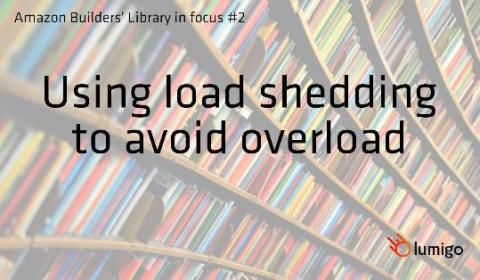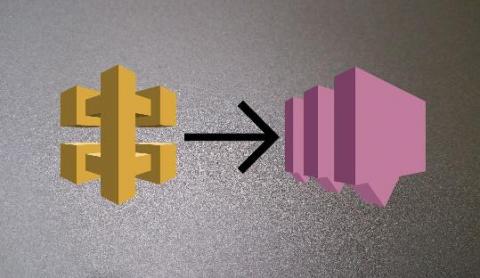How to optimize AWS Lambda performance
AWS Lambda has become the most widely used deployment pattern for serverless applications. It allows developers to set aside worrying about server provisioning, maintenance, idle capacity management and scaling, and instead to focus solely on writing business logic. But that’s not entirely true. Because while Lambda is a self-managed AWS service, it still requires careful design to get the best performance out of the computation capabilities it provides.





